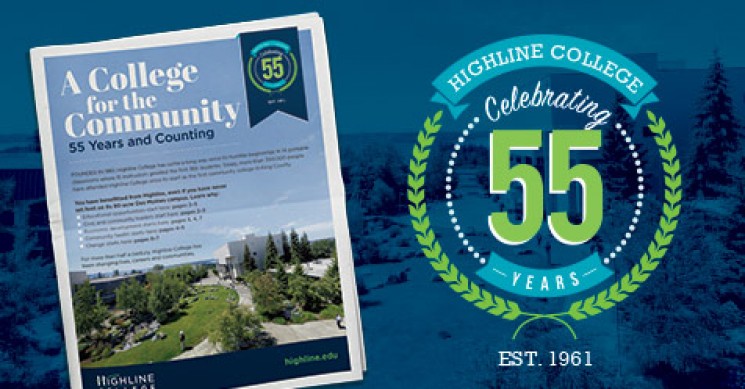Highline College’s rich history is featured in a new publication, which was first distributed with the May 12 edition of the Federal Way Mirror and is available below as a PDF.
The 8-page piece highlights the college’s early years, shaped by the educators, administrators and students who were crucial to its success and contributors to the community.
In a nod to the future, the publication also looks at what is in store for the campus and area residents as Highline continues its proud tradition as the college for its community.
Read excerpts below and find links to the full online stories.
You can also download a PDF of “A College for the Community: 55 Years and Counting.” Two versions are available:
Pages 2-3: Educational Opportunities Start Here
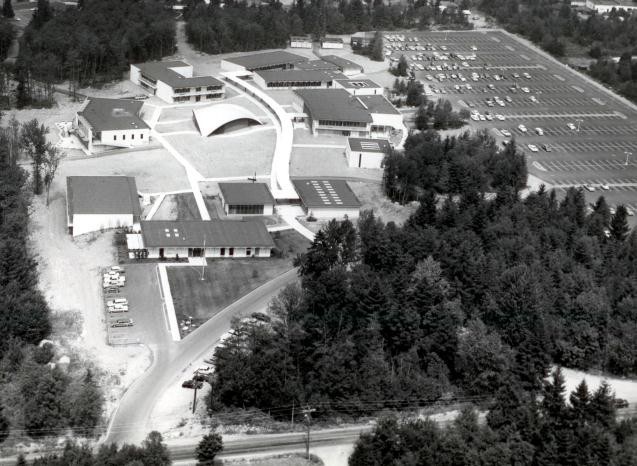 Highline College: Why Here? Why Then?
Highline College: Why Here? Why Then?
Establishing Highline as the first community college in King County was no easy feat. Why was it established in the south part of the county? Any why in the early 1960s? Highline history instructor Tim McMannon, Ph.D., answers these questions in “Highline College: Why Here? Why Then?” McMannon wrote two other pieces about Highline’s early years: “1968: Protest Comes to Highline” and “Our Award-Winning Campus (Buildings!).”
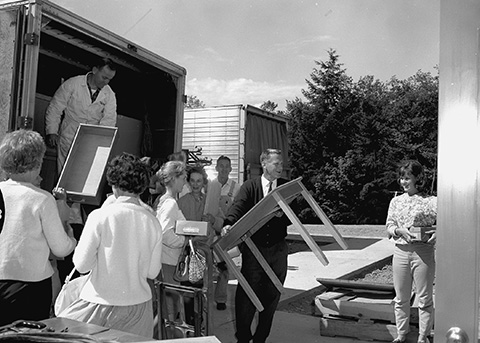 A New College, a New Campus and a Lot to Learn
A New College, a New Campus and a Lot to Learn
Dr. Melvin “Pat” Allan, the first permanent president of Highline College, carries a table from a moving truck during the 1964 move from the college’s temporary home at Glacier High School to the college’s permanent campus on South 240th Street. In a 2002 interview, Allan recounts how students flocked to the new college. Read more in “Looking Back on 55 Years.”
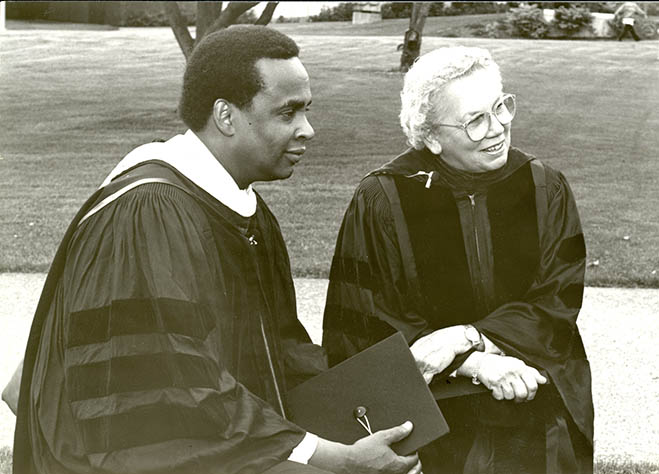 First Distinguished Alumnus Award Winner
First Distinguished Alumnus Award Winner
Seattle Mayor Norm Rice sits with Highline President Shirley Gordon before the 1990 commencement ceremony where he would receive the college’s first Distinguished Alumnus Award. Rice attended Highline during the 1968–69 academic year. Learn about the award and read about Rice in a June 1, 1990, Thunderword article.
Pages 4-5: Community Health Starts Here
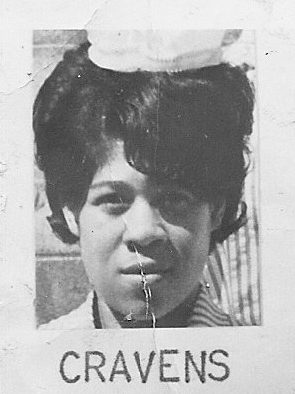 First Student of Color in First Nursing Class
First Student of Color in First Nursing Class
After moving to its permanent campus on South 240th Street in 1964, Highline College introduced a new two-year program to train registered nurses. Only 25 students were chosen from the 200 or so applicants, demonstrating high demand for such a program in south King County. Sandra Cravens was among those first 25 students. The only student of color in the group, she would graduate in 1966 and go on to make outstanding contributions to the community and country, prompting recognition 50 years later as Highline’s 2016 Distinguished Alumna Award winner. Read a profile of Sandra Cravens Robinson and learn more about this remarkable woman.
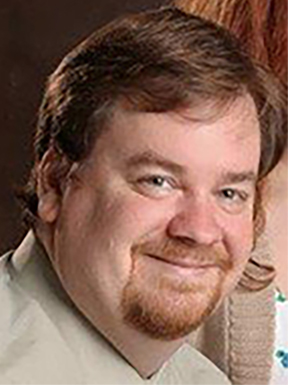 Breathing Easier for 50 Years
Breathing Easier for 50 Years
A Highline program that began 50 years ago this year counts among its alumni one who has been a consistent advocate for the respiratory care field. Carl Hinkson earned the 2013 Distinguished Alumni award for his substantial contributions and success in the respiratory care profession. After graduating from Highline’s Respiratory Care program in 1996, he went on to earn his bachelor’s and master’s degrees. Learn more about Carl Hinkson and his many achievements and accolades.
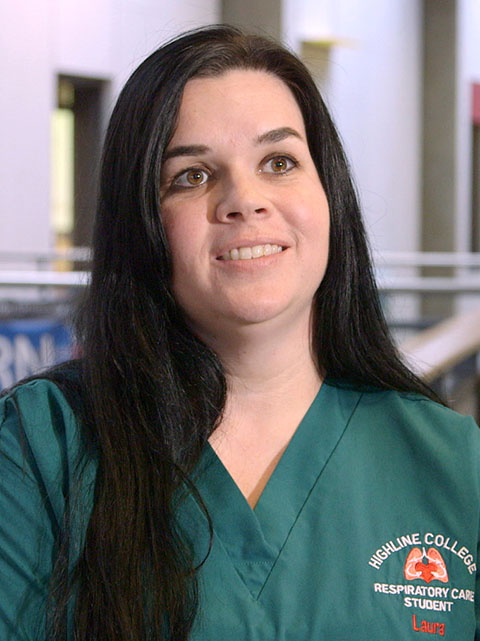 5 Years + 5 Clinical Sites = 1 New Career
5 Years + 5 Clinical Sites = 1 New Career
One of Highline’s oldest programs is changing a student’s future. As a single mother, Laura Garcia is used to caring for her three children while struggling to make ends meet. As a Highline student, she is training to care for others as a respiratory therapist, an in-demand career that pays well. She is thankful Highline’s Respiratory Care program, which began in 1967, offers flexibility. The well-regarded program has allowed her to take education at her own pace so she has not had to sacrifice too much time with her children. Learn more about Laura Garcia and the education that is leading to a bright future for her family.
Pages 6-7: Change Starts Here
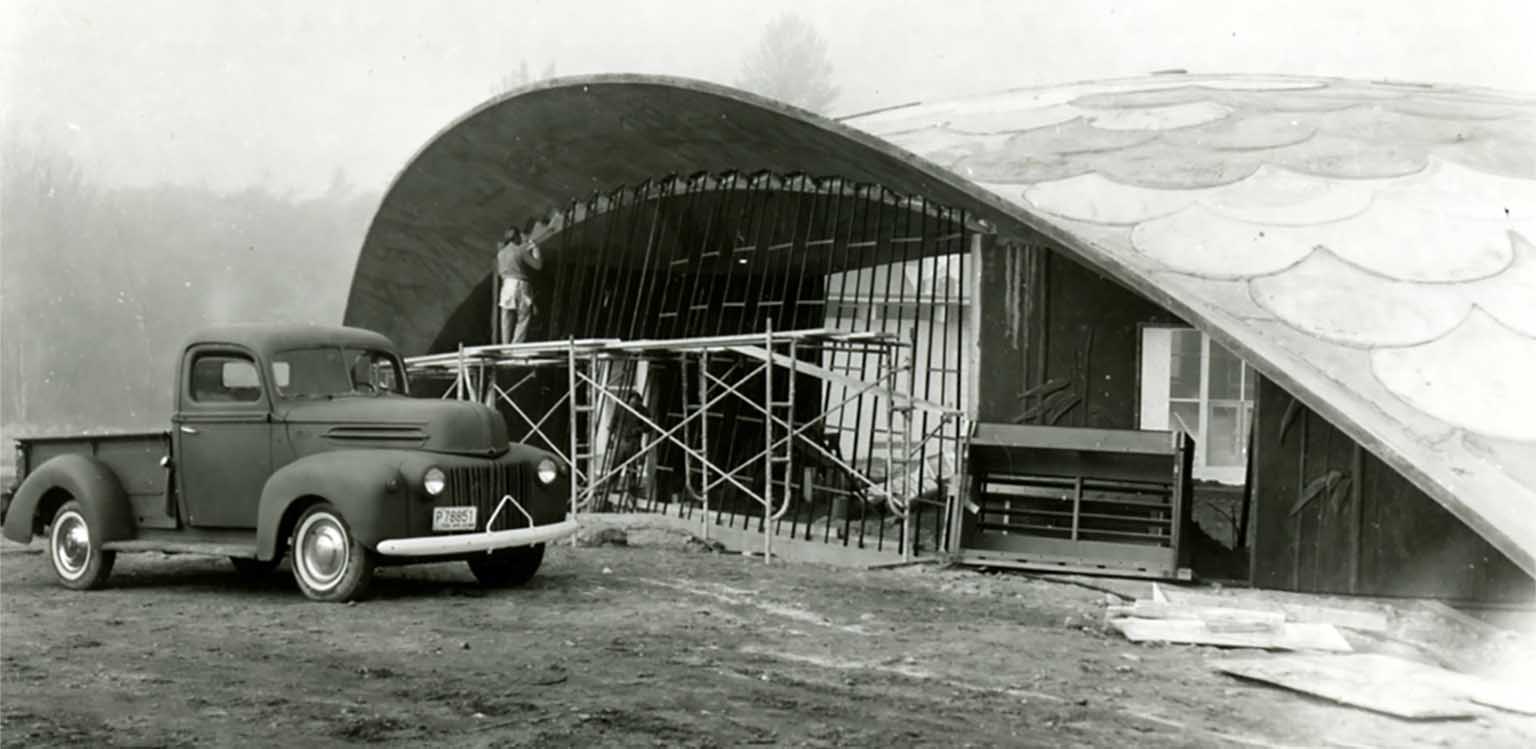 Building Boom
Building Boom
The Lecture Hall was still under construction when Highline’s permanent campus opened in the fall of 1964. Now known as Building 7 — and fondly referred to as the Turtle Building for its resemblance to the reptile’s shell — the structure was part of the first wave of the college’s building boom to keep up with the growing demand for education in south King County. Read “Our Award-Winning Campus (Buildings!)” and learn how Highline’s new campus took shape in the 1960s and ’70s.
 1968: Protest Comes to Highline
1968: Protest Comes to Highline
The 1960s was a time of unrest in the United States, with students speaking out and protesting on college campuses across the country. Highline College was no different. Highline history instructor Tim McMannon, Ph.D., described how students used civil disobedience to bring about change in the 1960s in his article “1968: Protest Comes to Highline.” McMannon wrote two other pieces about Highline’s early years: “Highline College: Why Here? Why Then?” and “Our Award-Winning Campus (Buildings!).”
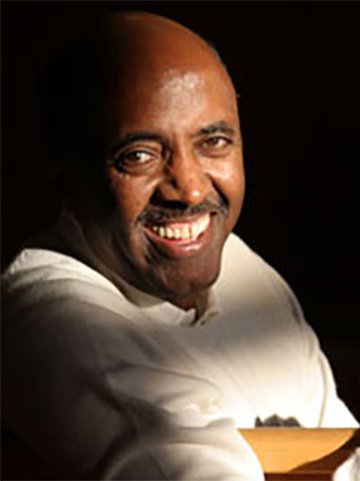 Meet a Global Health Hero
Meet a Global Health Hero
Ezra Teshome emigrated from Ethiopia in 1971 and, shortly after coming to the United States, enrolled at Highline, earning his associate degree in 1973. Since becoming active in the service organization Rotary International, Teshome has led more than 20 trips to Ethiopia, where volunteer teams help immunize children against polio. His outstanding humanitarian efforts led Highline to name him winner of the college’s 2006 Distinguished Alumnus Award. Learn more about Ezra Teshome and his dedication to helping others.
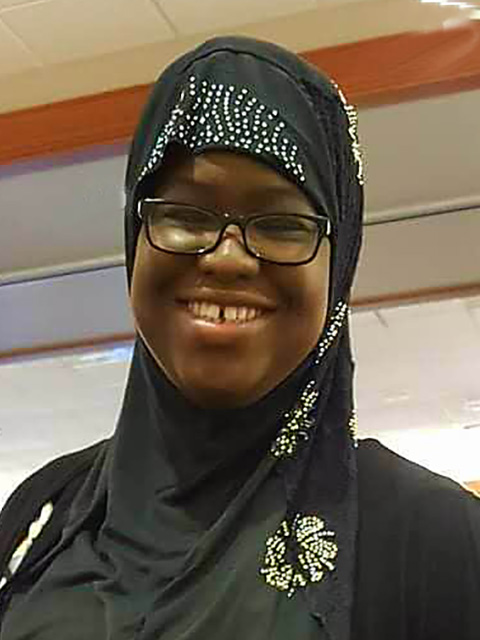 Learning From Others
Learning From Others
Highline is proud of its status as the most diverse higher education institution in the state. With over 70 percent students of color and people representing more than 120 cultures and ethnicities, Highline’s nearly 17,000 students are a microcosm of the world. So it is no wonder that Aminata Drammeh found the diversity she was seeking when she was a student here at Highline. Originally from Gambia, but growing up in Seattle, Drammeh has always had a passion for learning about new cultures. On her future to-do list? A career in finance and world travel to explore other cultures. Learn more about Aminata Drammeh.
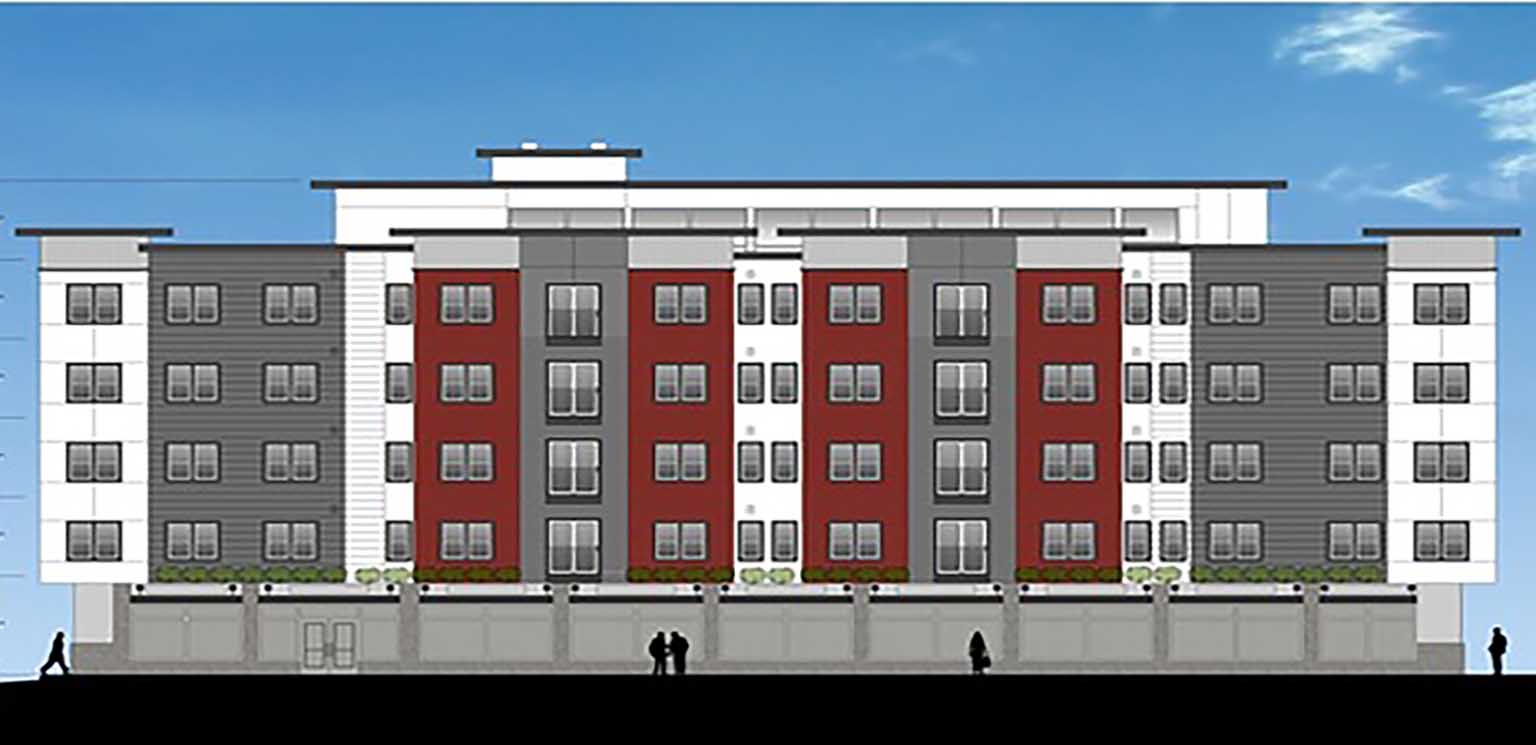 For Students Far From Home, a New Home Is on the Way
For Students Far From Home, a New Home Is on the Way
Highline’s campus has evolved and grown since the permanent campus was established in 1964. In the not-too-distant future, a weed-filled vacant lot adjacent to the northeast corner of campus will be transformed into a place to call home for international students studying at Highline. Construction of the first phase is expected to get under way in 2017, with a projected completion in 2018. The project is owned and being developed by Eastern Link Capital Management Group. Read about the public-private project called Highline Place.
Page 8
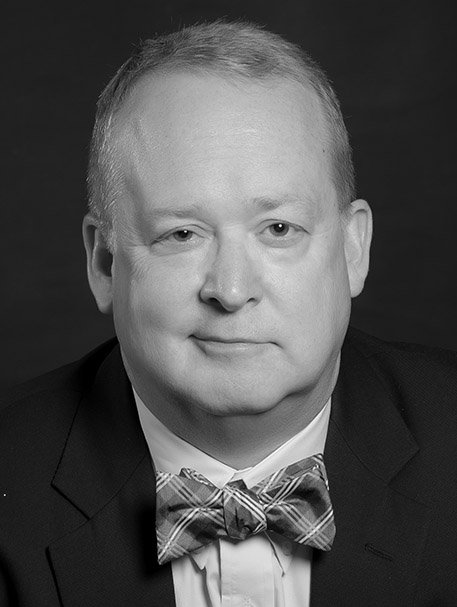 Education for All
Education for All
Highline College collaborates with the Federal Way Mirror on a series of guest articles to bring a range of diverse perspectives to our community, featuring the expertise of the college’s staff and faculty. One recent contributor to the series was T.M. Sell, Ph.D., a 1978 Highline graduate and 2002 Distinguished Alumnus Award winner. Sell is the author of two books about politics and is head of the journalism department and professor of political economy at Highline. Read his piece, “Education for All,” and find links to other articles in the series.

